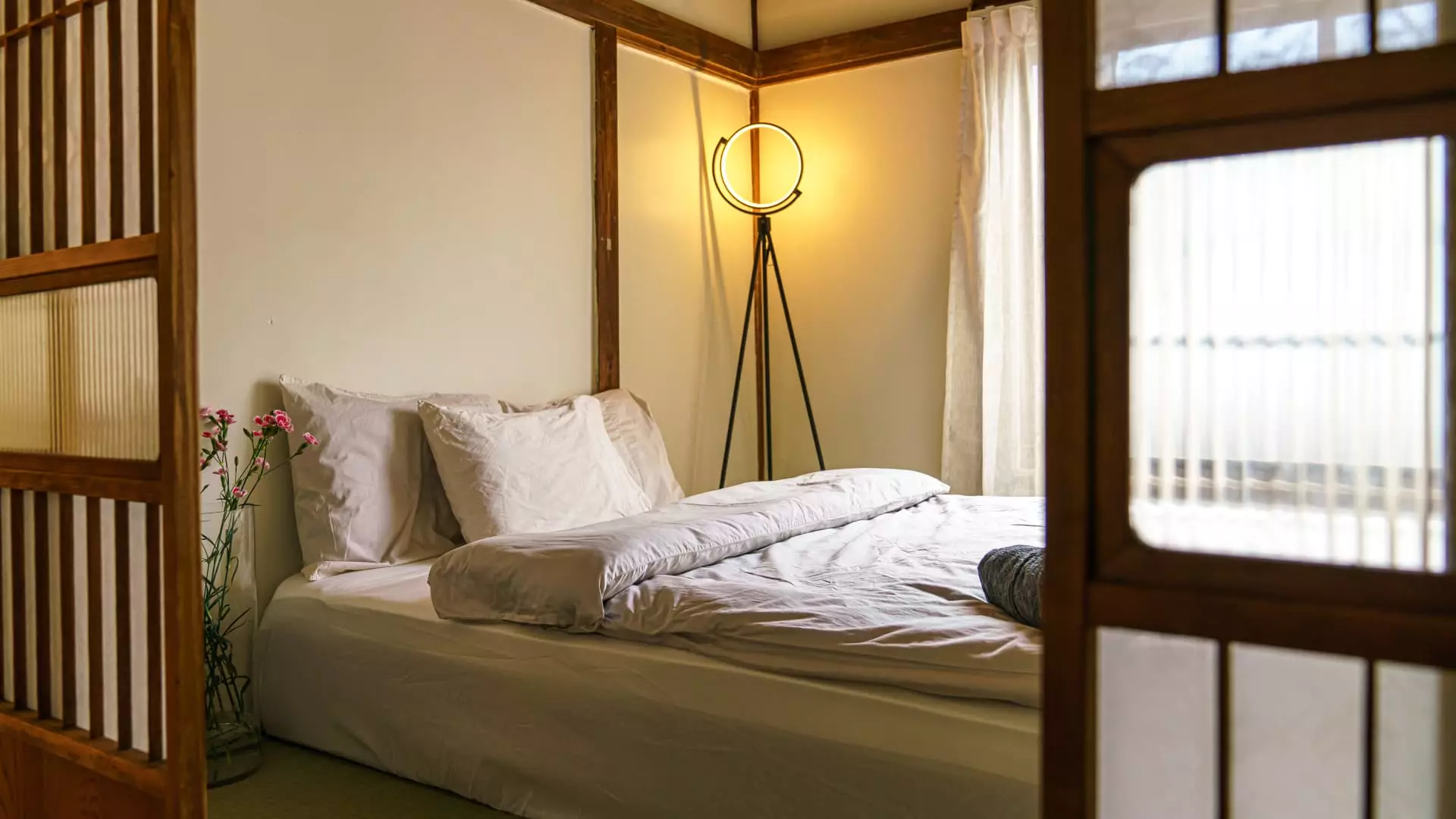Japan faces a unique housing crisis that stands in stark contrast to the issues seen in many other countries. While other nations grapple with severe housing shortages, Japan has an overwhelming surplus of abandoned properties known as “akiyas.” As of 2023, there are approximately 9 million akiyas scattered across the nation, a relic of the demographic changes and economic shifts affecting Japan. After decades of urbanization and an aging population, many homes have become deserted, largely due to the increasing number of elderly residents who passed away, leaving homes uninhabited. Japan’s fertility rate has plummeted to a record low of 1.2 births per woman, coupled with a death rate surpassing birth numbers. This paradoxical reality presents both challenges and opportunities, particularly for individuals like Anton Wormann.
Anton Wormann, a 32-year-old from Sweden, immersed himself in Japan’s culture after his first visit in 2015. Captivated by the aesthetic beauty and vibrant culture, he returned each year until he made the bold decision to reside in Japan permanently in 2018. Wormann’s adventurous spirit flourished, stemming from a childhood interest in DIY projects. Combined with his experiences in property renovation, he saw the potential in akiyas not merely as relics of the past but as canvas opportunities waiting for restoration.
Upon discovering the adjacent property was vacant, he was drawn to the challenge of revitalizing it. With assistance from local connections, Wormann purchased the 86-year-old structure for approximately 8 million yen ($54,000). This initial investment, while significant, paled against the staggering task ahead. Cleaning out the remnants of the previous owners, Wormann confronted infestations and structural issues, a reality that could easily have deterred many prospective buyers.
Wormann spent well over a year—around 15 months—transforming the akiya into a stylish short-term rental property. This undertaking was not for the faint-hearted. Armed with nothing but his determination and vision, he devoted over 1,000 hours to the renovation process. The constraints of working in narrow urban spaces required a meticulous approach: demolish, clear debris, and repeat. The process was repetitive, arduous, yet fulfilling, with each obstacle giving way to creativity and innovation.
As renovations progressed, Wormann noted that design choices often emerged organically from his profound connection with the space. “You feel the sunlight. You feel the space,” he explained, emphasizing the inspiration drawn from the structure itself. This imbues his renovations with authenticity, honoring the historical significance while infusing modern aesthetics. The final results speak for themselves; what began as an abandoned shell now shines brightly in Tokyo’s competitive short-term rental market.
The successful transformation of Wormann’s akiya propelled him into the realm of property ownership in Japan. Today, he manages an impressive portfolio of eight properties, seven of which were once akiyas. What started as a passion project evolved into a lucrative business venture, with his renovated properties generating substantial rental income. His Tokyo akiya now yields around $11,000 monthly, boasting an average nightly rate of $500 on platforms like Airbnb.
Wormann’s endeavors highlight a critical intersection between profit and preservation. By breathing new life into these abandoned houses, he is not only addressing a unique property challenge but also preserving cultural heritage that would otherwise fade away. “There are dying villages … a lot of beautiful houses that are going to waste,” he expressed poignantly.
Wormann’s dedication to restoring akiyas speaks to a broader cultural narrative in Japan. As the nation grapples with the repercussions of an aging population, the revival of these properties offers a dual benefit: reviving historical architecture while providing potential homes for new residents or creating inviting spaces for tourists. It raises fundamental questions about urban development, preservation, and community revitalization in the face of demographic decline.
The increasing acknowledgment of akiya properties as opportunities for investment and cultural stewardship represents a noteworthy shift in Japanese society. With visionaries like Wormann leading the charge, these once-dilapidated structures can become vibrant community assets rather than mere remnants of a past era. As he continues to expand his portfolio, his efforts will contribute to reshaping the narrative surrounding these houses—transforming perceptions of decay into stories of renewal.
Wormann’s journey epitomizes the potential that lies in Japan’s overlooked real estate—a call to action for investors and creatives alike to reimagine the future of these abandoned homes, turning them into thriving, cherished spaces once more.

